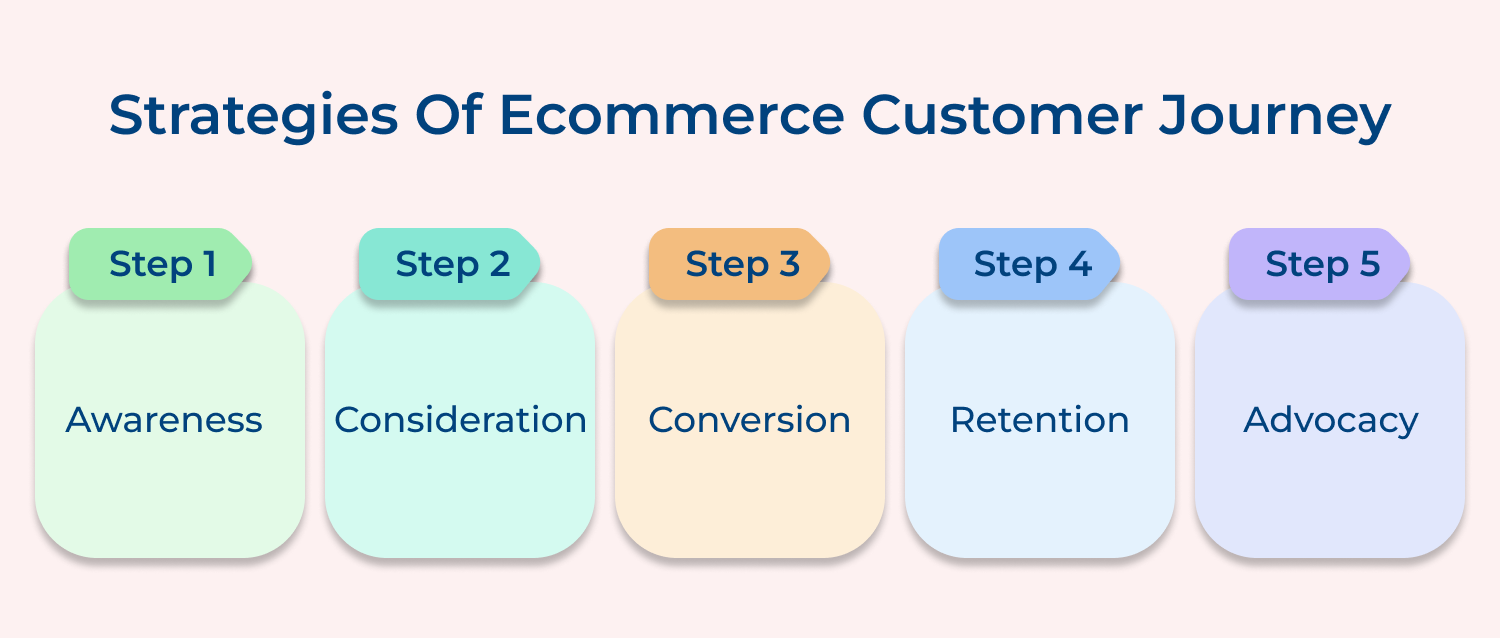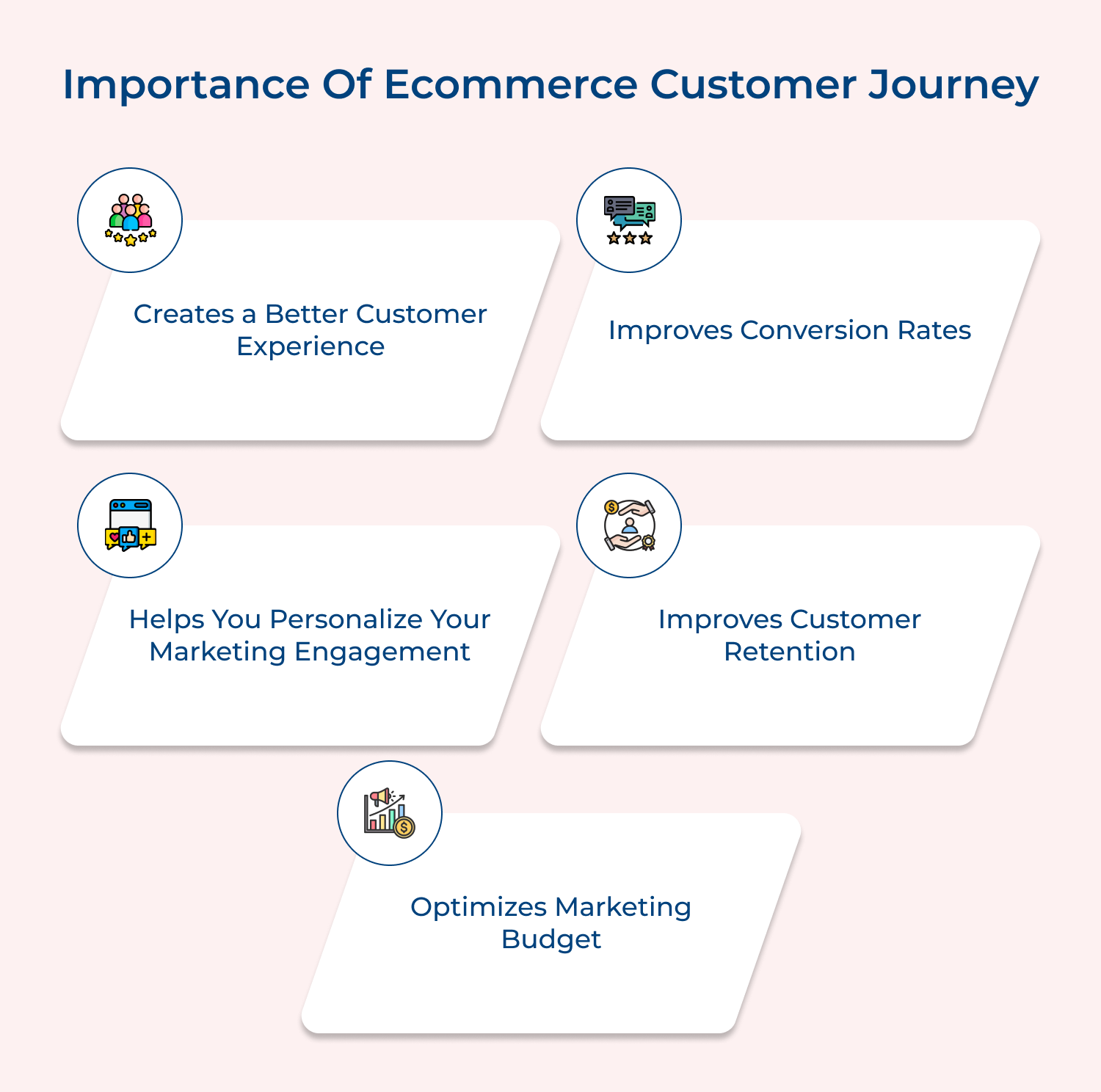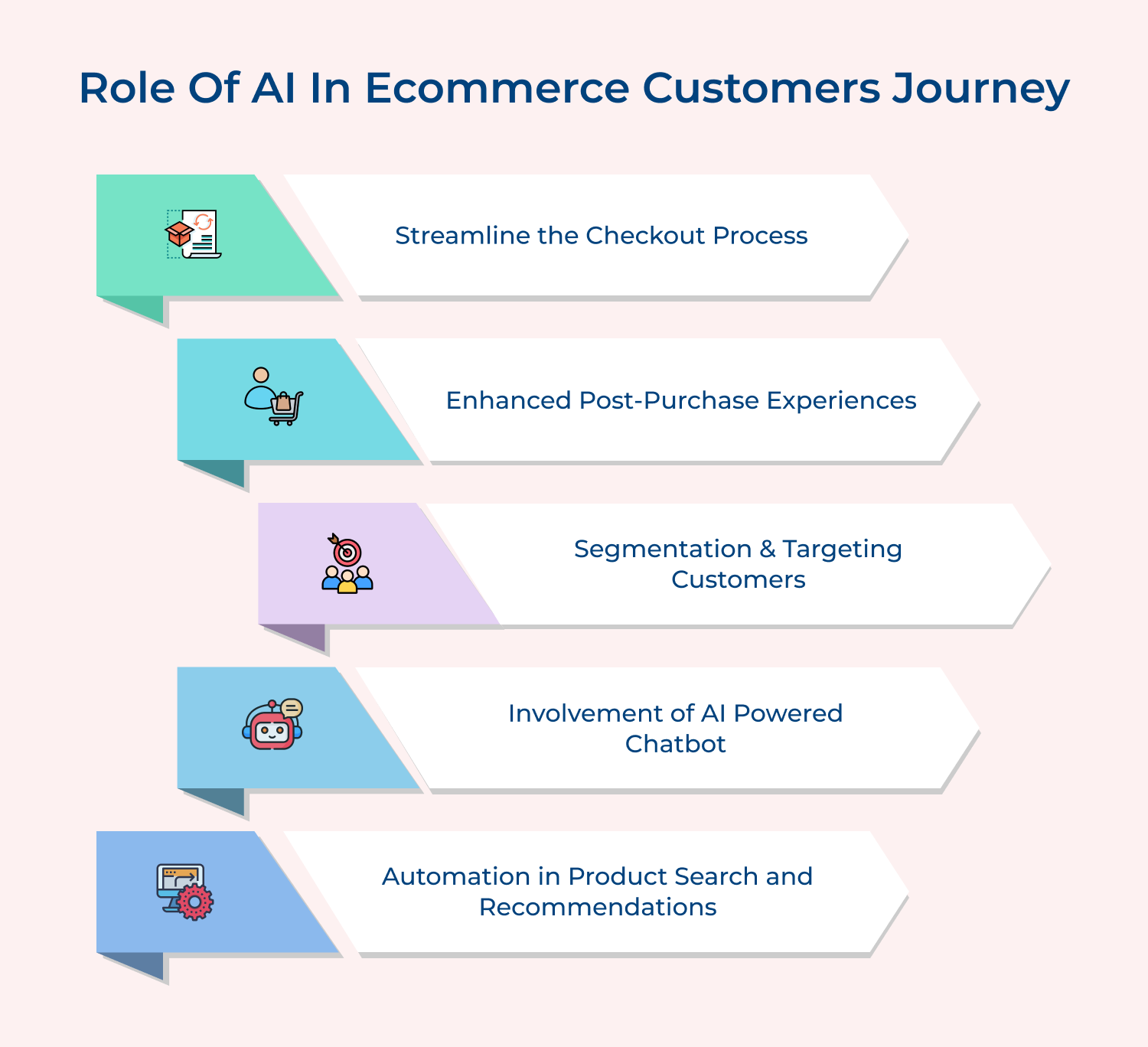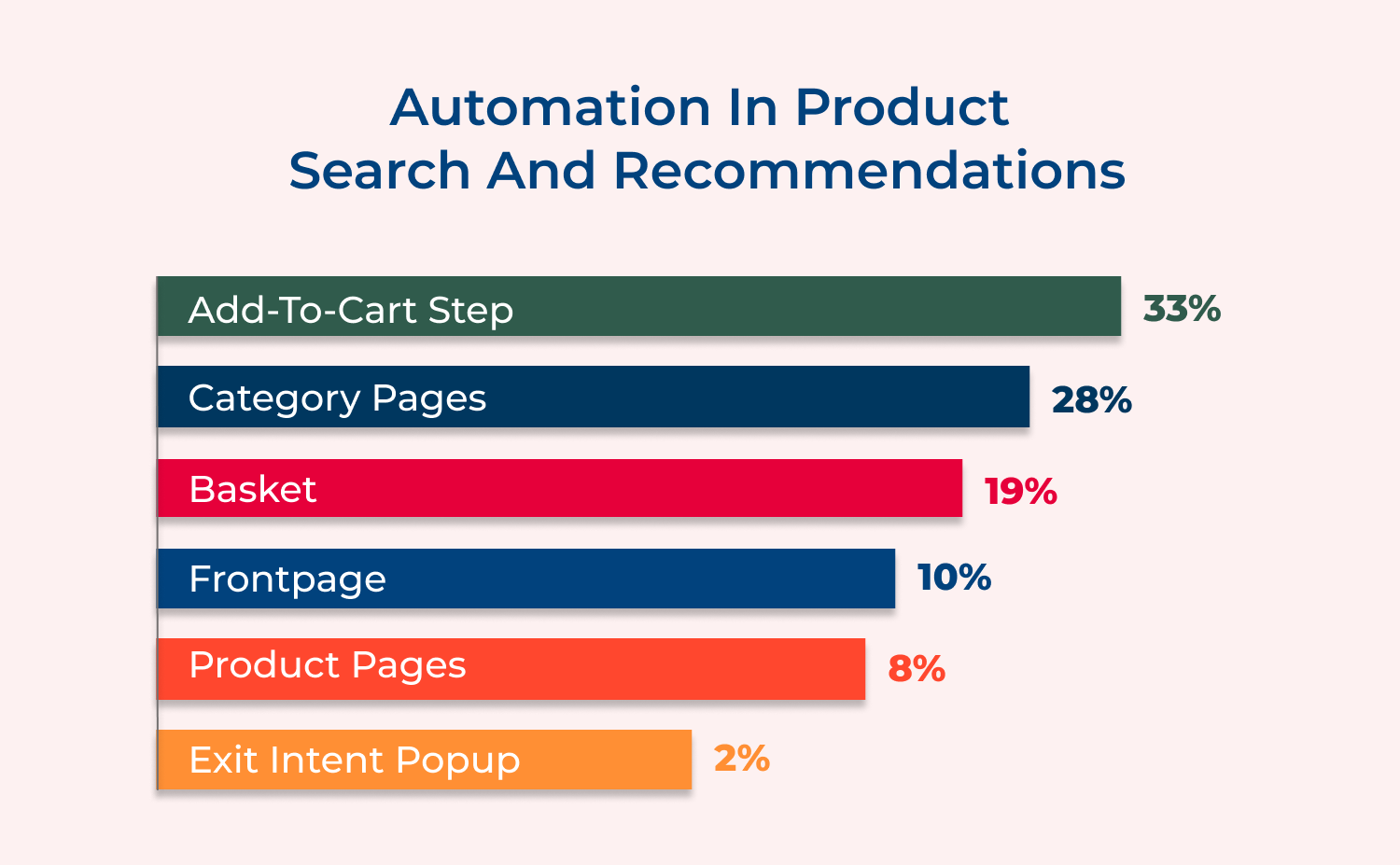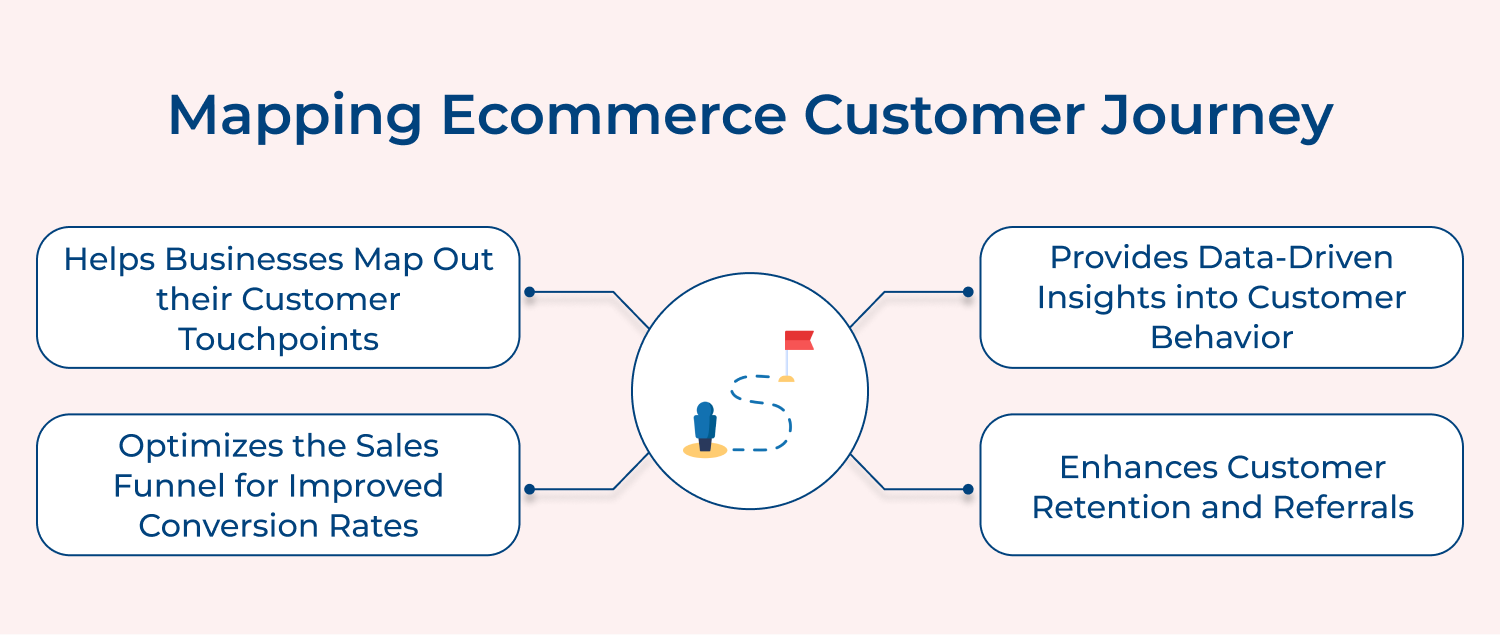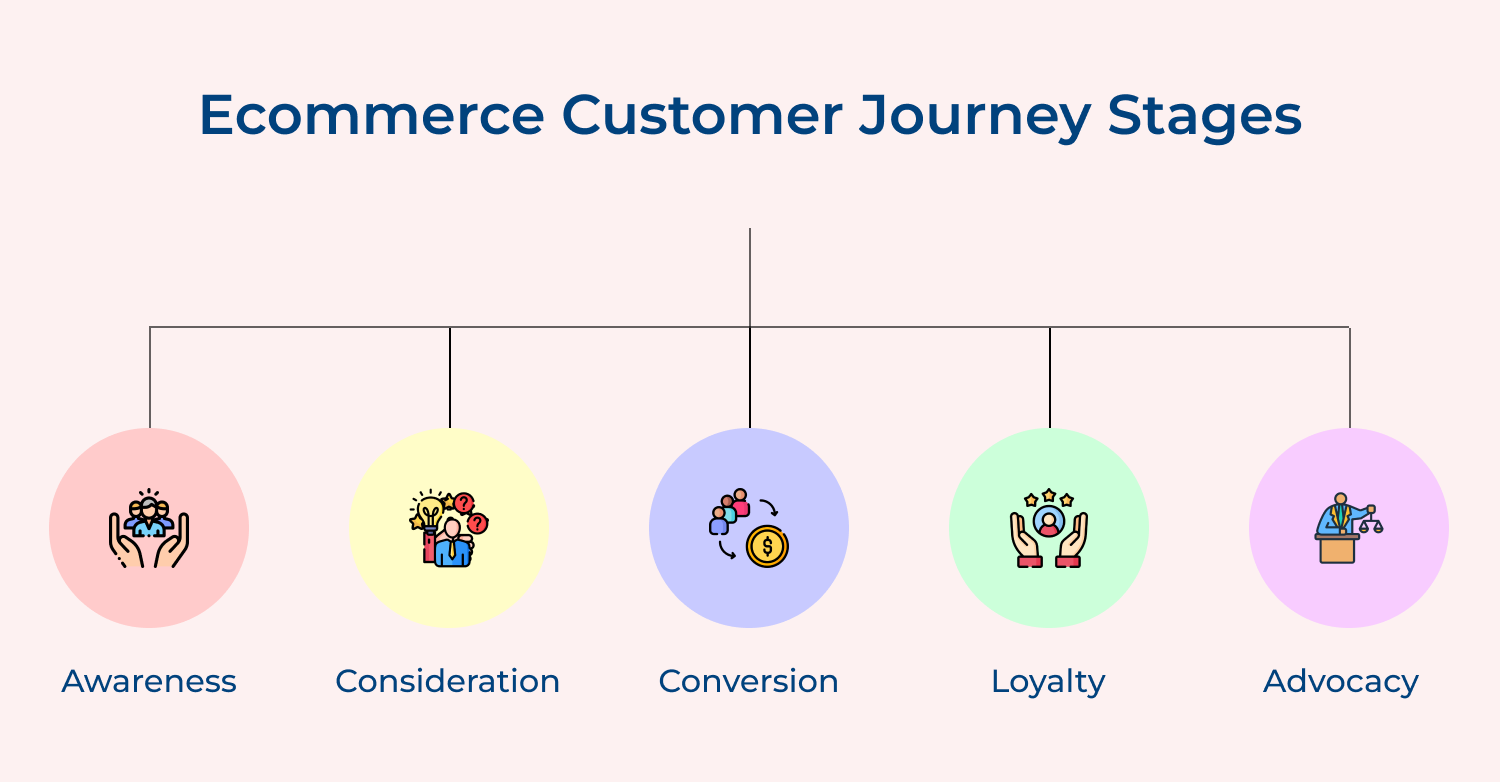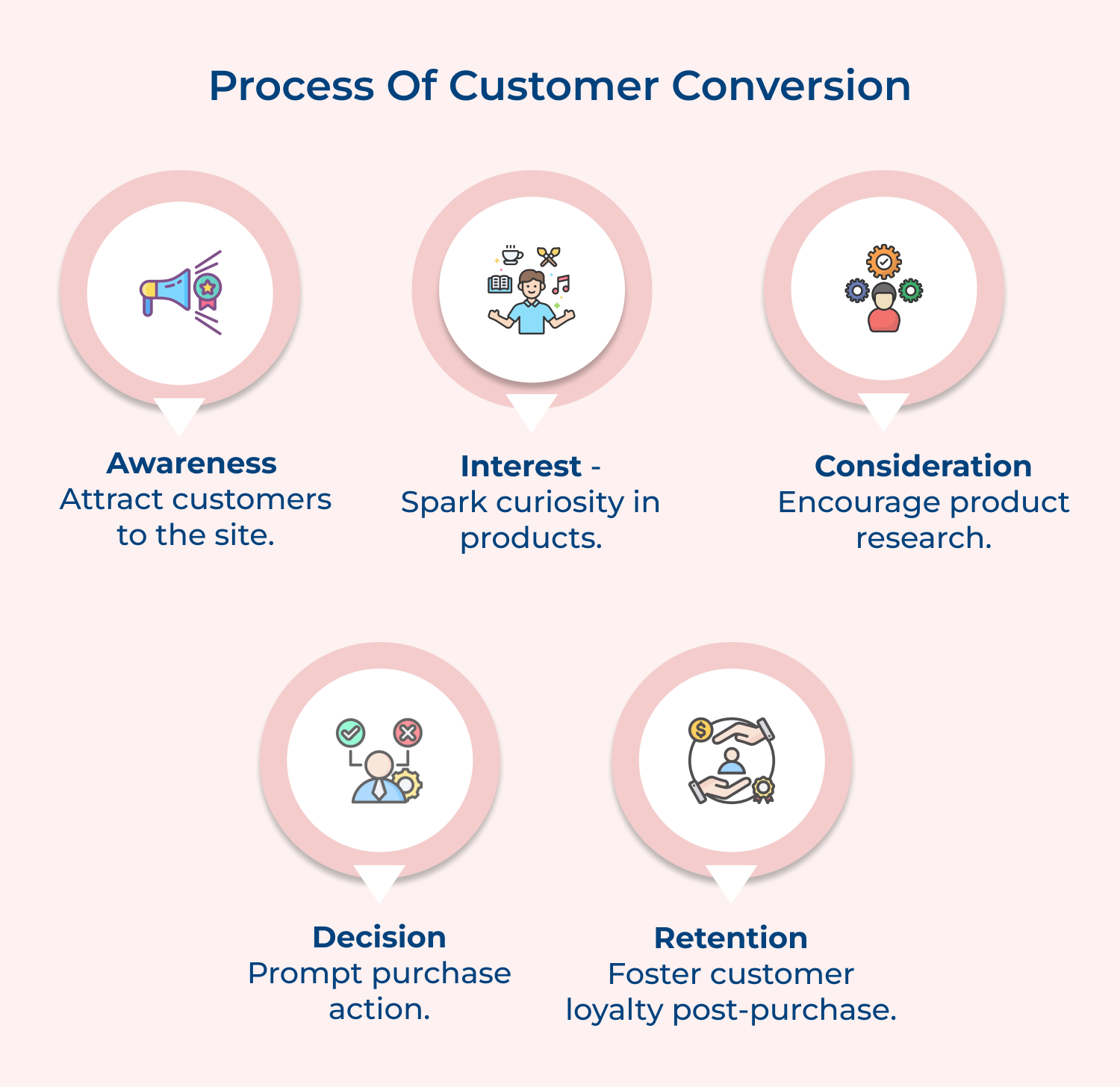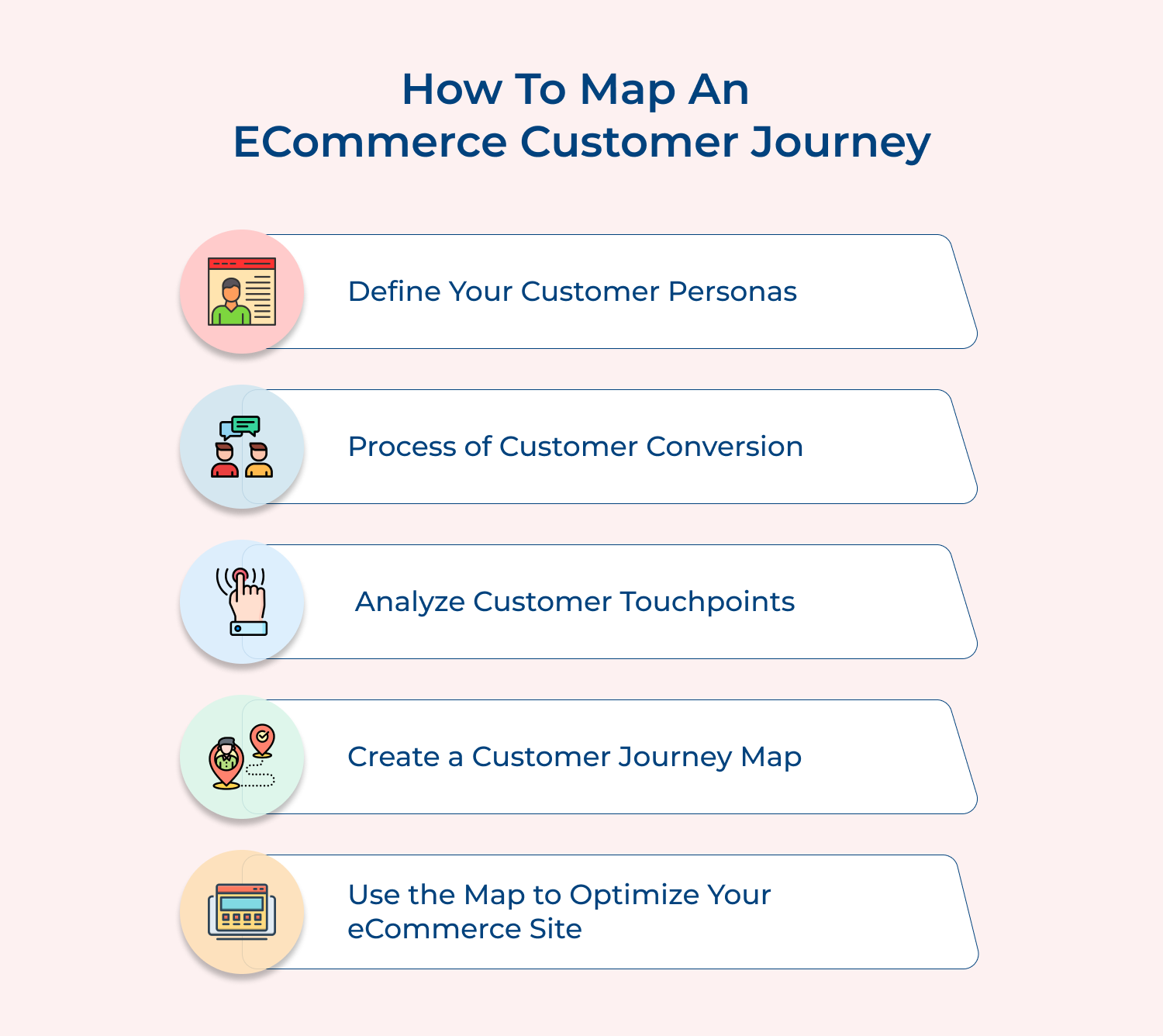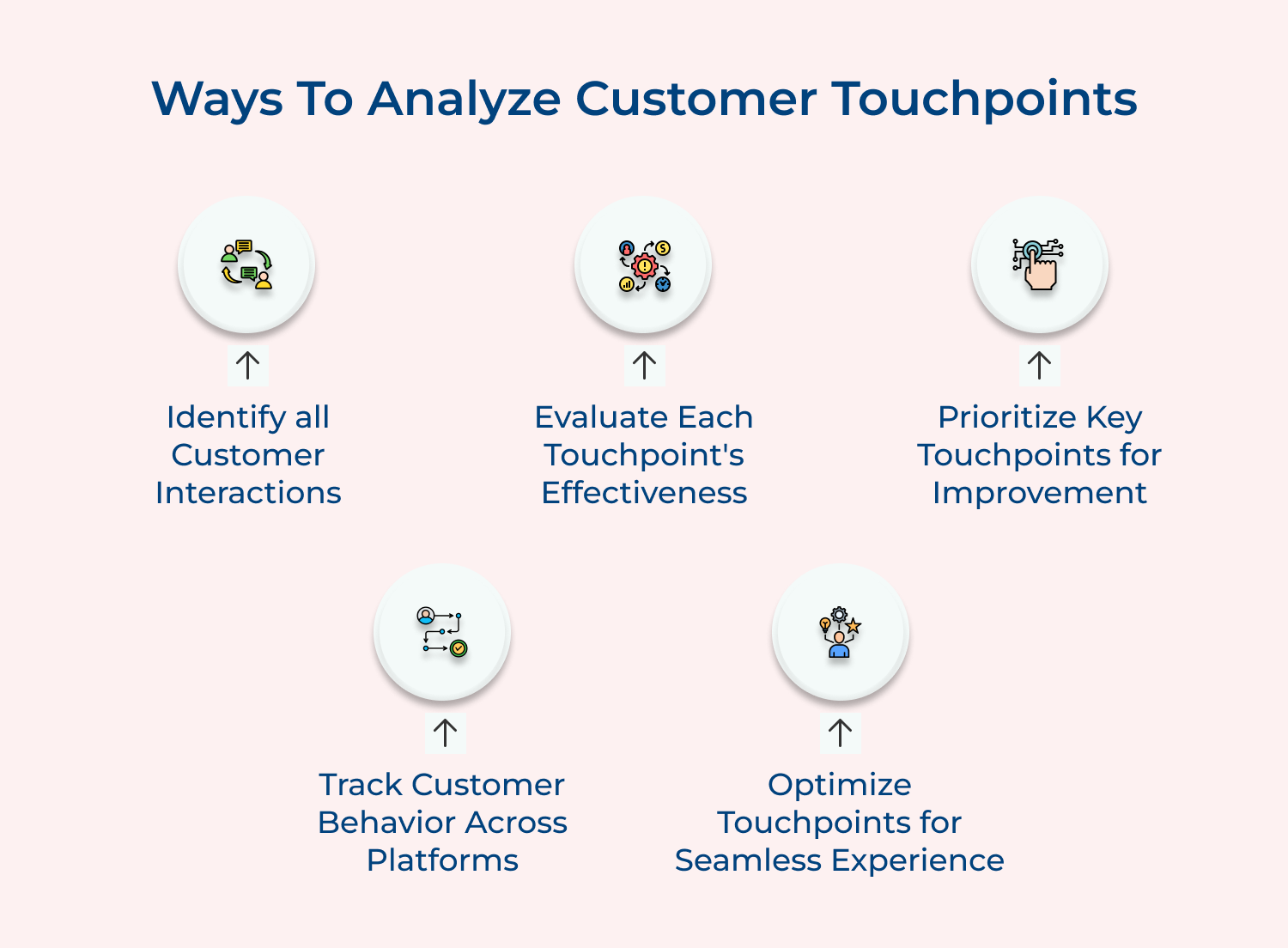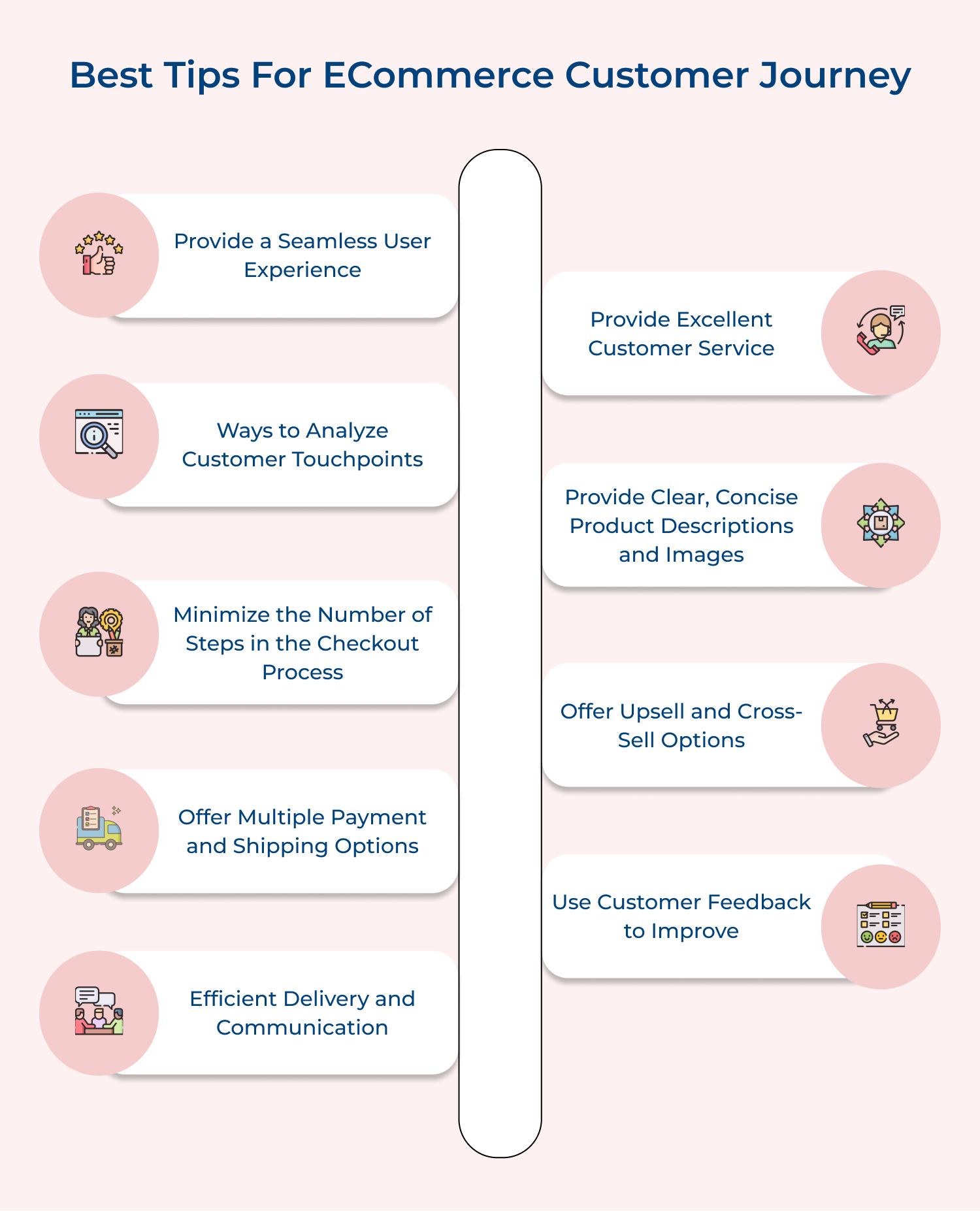Step 1: Define Your Customer Personas
Before mapping out the customer journey, you need to understand who your customers are. Develop customer personas based on demographics, behaviors, psychographics, etc. and help you understand how different types of customers may interact with your eCommerce site.
Importance of Defining Your Customer Personas:
1. Targeted marketing: You can tailor your marketing efforts to specific audience segments by creating clear and detailed customer personas. Understanding your customers’ preferences, needs and pain points allows you to craft targeted messaging that resonates with them. The personalized approach increases the chances of catching their attention, building trust, and converting them into loyal customers.
2. Improved user experience: Mapping an eCommerce customer journey involves analyzing each touchpoint a customer has with your brand, from discovering your products to making a purchase. Defining customer personas helps you anticipate the needs and expectations of different customer segments at each stage of their journey. The knowledge enables you to optimize your website, design intuitive navigation, and create a seamless user experience that aligns with your customers’ preferences.
3. Increased customer satisfaction and loyalty: When you understand your customers’ pain points and motivations, you can proactively address their needs throughout their journey. Satisfied customers are more likely to become loyal brand advocates, spreading positive word-of-mouth as well as attracting new customers to your eCommerce business.
3 Tips for Defining Customer Personas in Mapping an eCommerce Customer Journey:
- Conduct thorough market research to gather insights about your target audience.
- Utilize analytics tools & data from your eCommerce platform to gain insights into your customers’ behavior and purchasing patterns.
- Continuously test & refine your personas based on actual customer interactions, feedback, and market changes.
Step 2: Identify the Stages of the Customer Journey
Once you have defined your customer personas, identify the stages of the customer journey. Typically, these stages include awareness, consideration, purchase and retention. Understanding which stage your customers are in can help you tailor marketing messages as well as offers. The importance of identifying the stages of the customer journey cannot be overstated.
Here are three reasons why it is essential for eCommerce businesses:
1. Personalized communication: Businesses can create personalized communication strategies for each stage by mapping out the customer journey. This personalized approach helps build trust, strengthens the customer-brand relationship and increases the chances of conversion.
2. Optimization of marketing channels: Identifying the stages of the customer journey allows businesses to optimize their marketing channels effectively. Different stages of the journey may require different marketing tactics and platforms.
3. Continuous improvement: Mapping the customer journey provides valuable insights into areas that need improvement. Continuous improvement based on customer feedback and behavior enables businesses to stay ahead of their competition as well as deliver exceptional experiences that drive customer loyalty.
Here are three tips for effectively identifying the stages of the customer journey:
- Gathering data and conducting research to understand your target audience’s behavior and preferences.
- Develop detailed buyer personas that represent your target audience segments
- Regularly gather and analyze customer feedback to gain a deeper understanding of their experiences at each stage.
Step 3: Analyze Customer Touchpoints
Identify the touchpoints or interactions that customers have with your eCommerce site during each stage of the customer journey. The touchpoints may include email marketing, social media, product pages and checkout. Analyze these touchpoints to identify areas where customers may be encountering obstacles or roadblocks.
